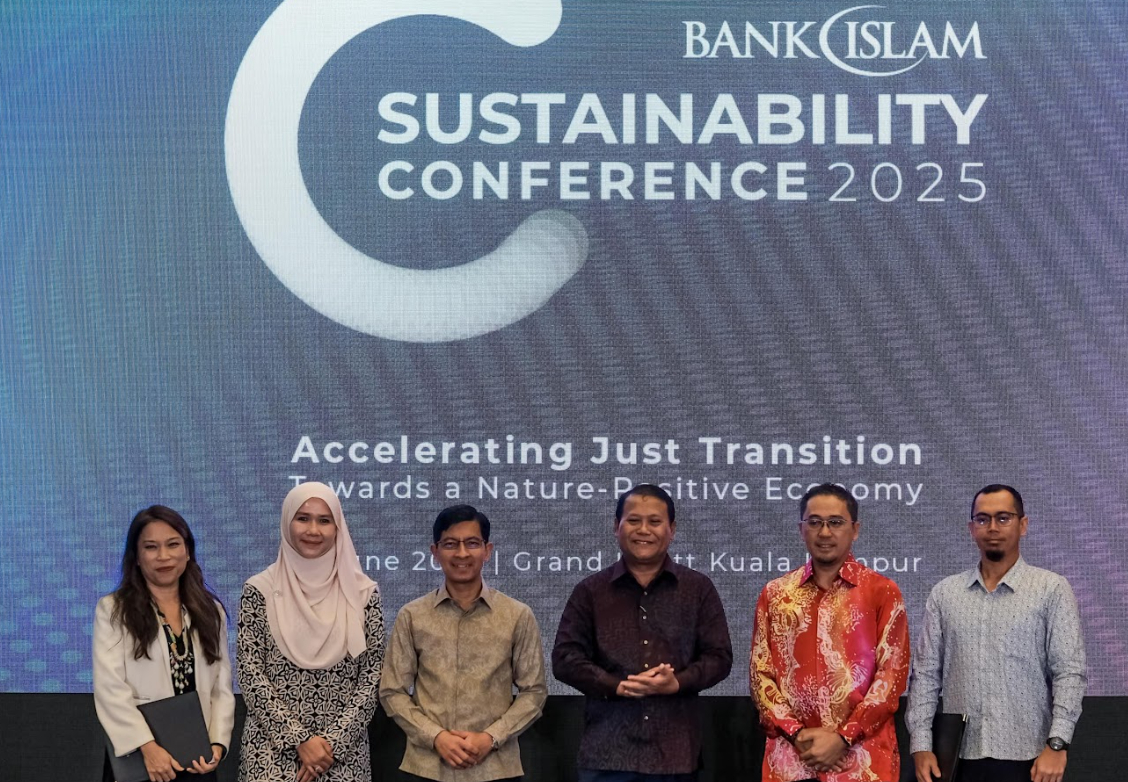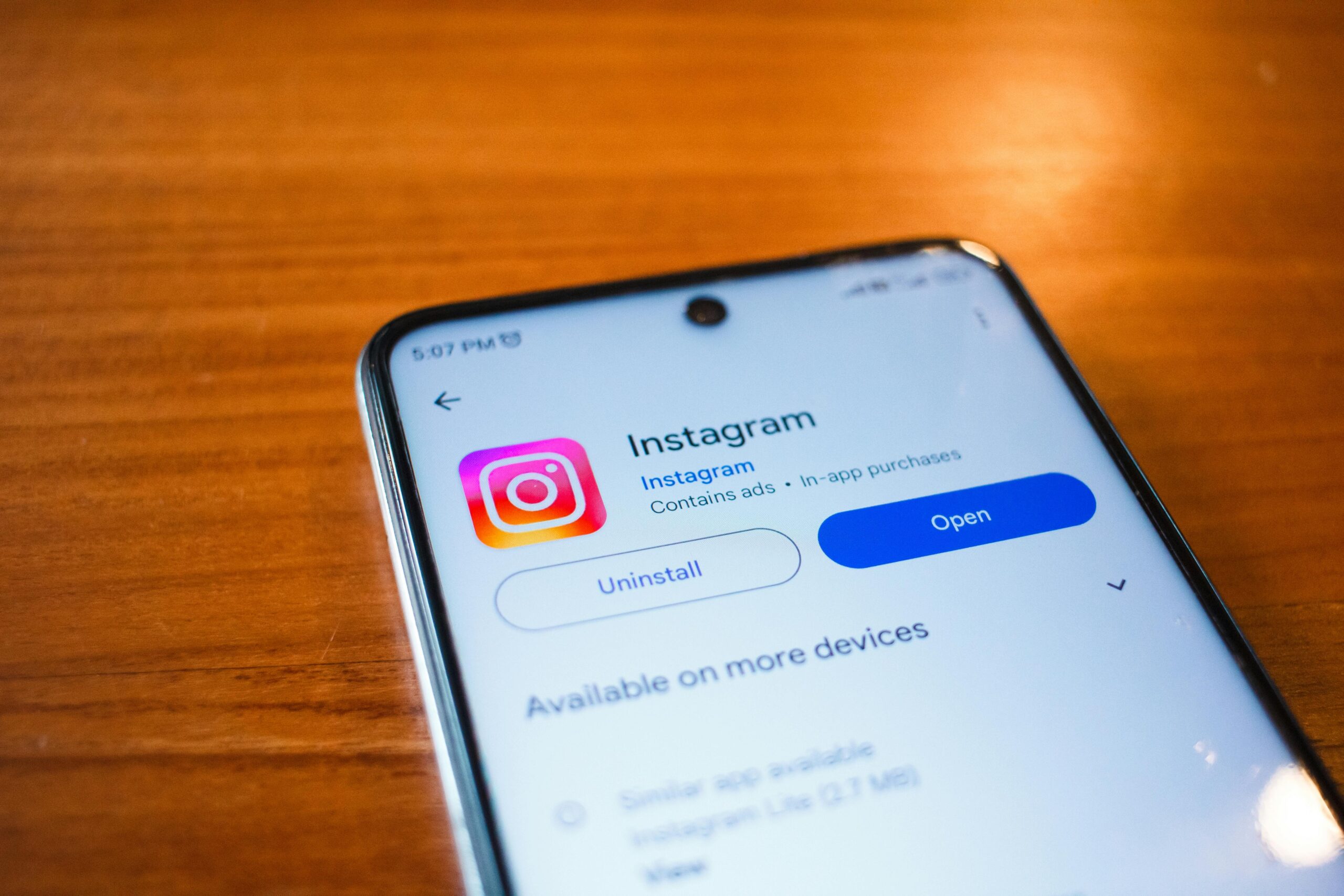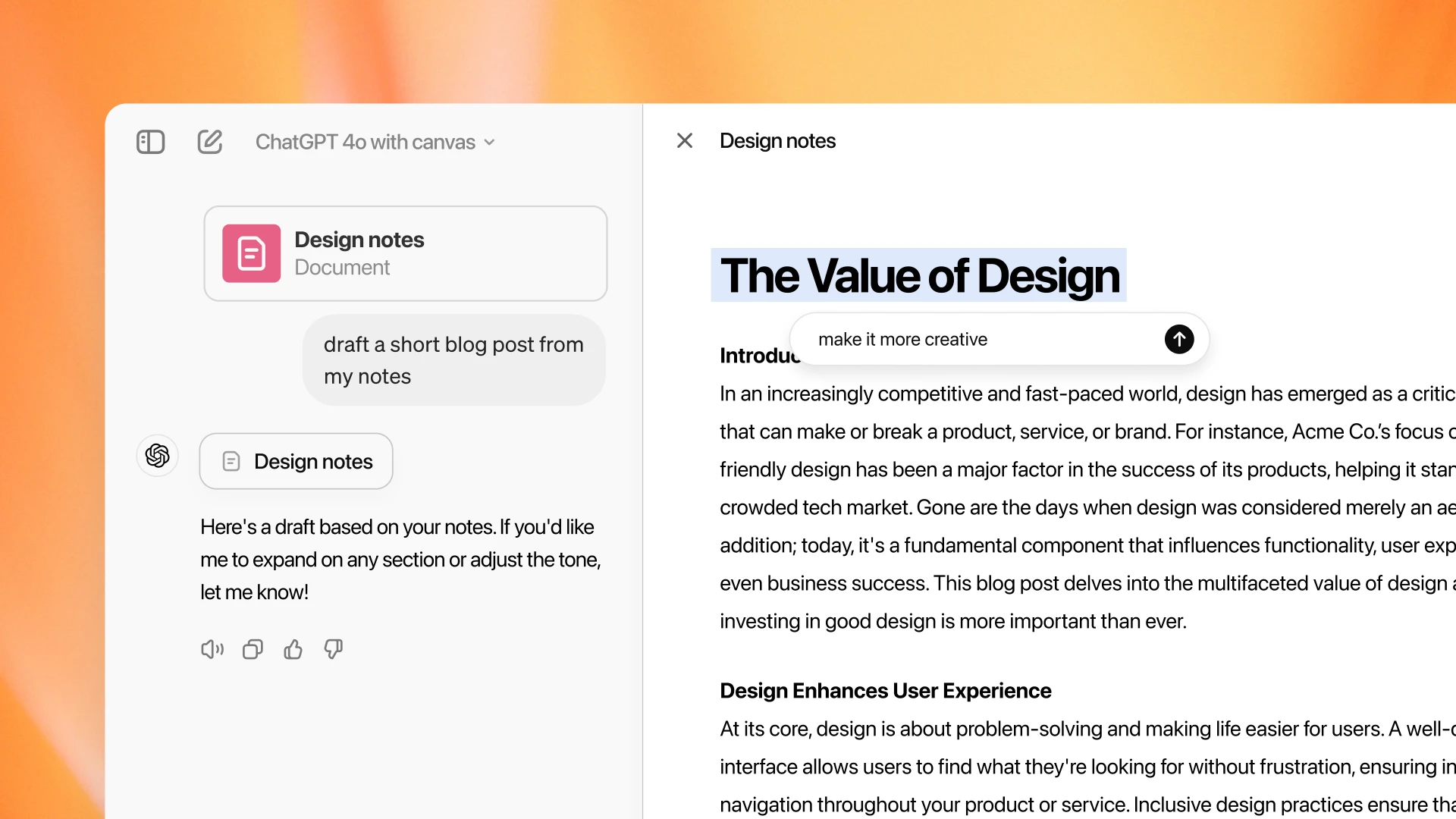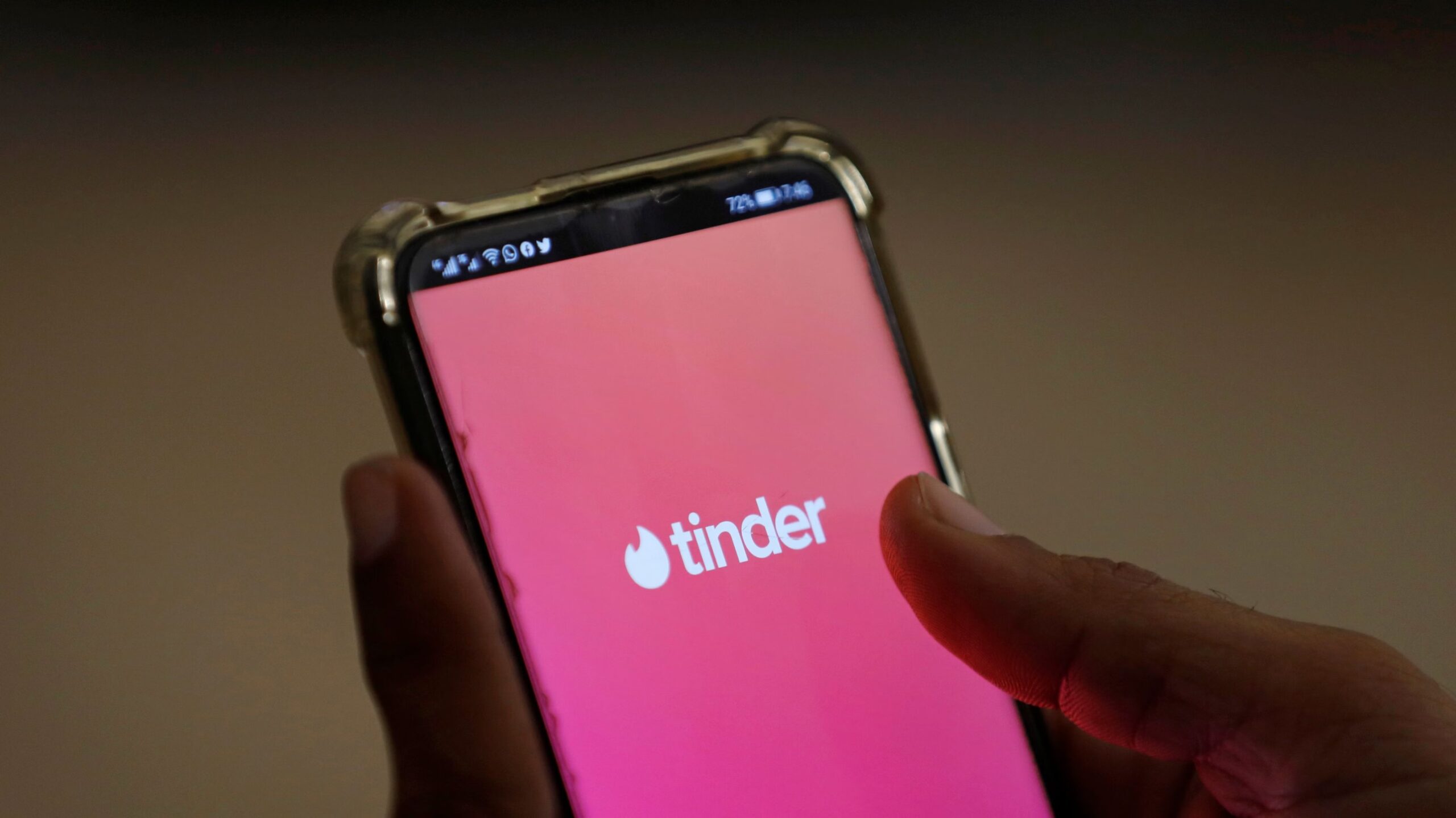OpenAI is introducing Canvas, a new workspace interface aimed at enhancing project management for writing and coding within ChatGPT. This marks a significant shift from the traditional chat-based interface, offering users a more dynamic, notepad-like workspace for more efficient collaboration.
Currently in beta testing, Canvas is available for ChatGPT Plus and Team users, with Enterprise and Edu subscribers gaining access next week. OpenAI also plans to expand the feature to non-paying users once the beta phase concludes.
Canvas allows users to work on specific portions of a project in a separate window that operates alongside the main chat interface. This makes the process of editing, refining, and revising more streamlined, eliminating the tedious back-and-forth that the original chatbox format required. Users can open Canvas manually by typing “use canvas” or rely on the system’s automated prompt detection, which opens the feature when relevant writing or coding tasks are identified. The announcement from OpenAI highlights how this new interface addresses the limitations of the existing format, particularly for projects requiring ongoing revisions and edits.
In Canvas, users can easily interact with ChatGPT for specific writing or coding tasks, using the following shortcuts:
- For writing: Suggested edits, shortening text length, modifying reading levels, polishing grammar, and inserting emojis.
- For coding: Code review, adding logs and comments for clarity, fixing bugs, and porting code to other programming languages like JavaScript, TypeScript, Python, Java, C++, or PHP.
Users can also revert to earlier versions by using the back button and resume work on the same project by accessing the saved module in their chat history.
According to OpenAI’s official blog, the new interface not only improves functionality but also aligns ChatGPT with similar AI assistants offering dedicated workspaces, such as Anthropic’s Artifacts and Cursor, both of which focus on specific areas of project development. The Canvas feature is part of a broader wave of updates for OpenAI, which has been developing other models like GPT-4o and the reasoning model o1.
The company recently raised $6.6 billion in investments and aims to increase revenue from $3.7 billion this year to $11.6 billion by 2025. The improved user interface, along with other updates to ChatGPT, is seen as a strategic move to make the platform more user-friendly and contribute to these financial goals.
For now, paying users can access Canvas by selecting “ChatGPT 4o with Canvas” from the model dropdown menu. Once activated, the Canvas workspace can be used to work on detailed writing and coding tasks, offering a much-needed alternative to the standard chat interface. The canvas window, once closed, brings users back to the regular ChatGPT interface, where ongoing conversations can continue.










